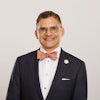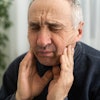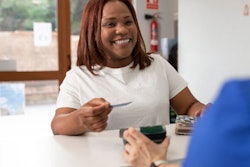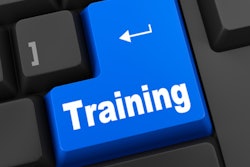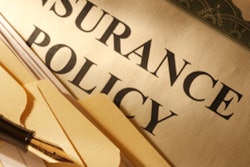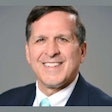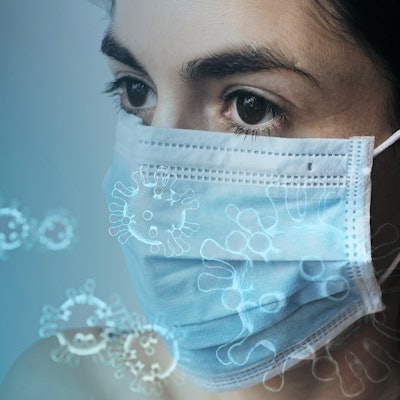
"The good news is, we are so glad to see you."
We know there will never be a reset button to the normal we knew before the pandemic. There is still confusion over masks, social distancing, and vaccines. A variant is on the upswing, yet we must maintain a sense of calm amidst the gathering storm.
 Dr. James V. Anderson.
Dr. James V. Anderson.We have to focus on making our patients feel welcome and safe within our practice walls. Communication has been more difficult because of offices being shut down, and now we must improve our methods to overcome the damage that isolation and misinformation has caused.
Postpandemic recovery has changed how we do things to keep our patients and our dental teams safe. While some practices take these processes more seriously than others, the main point is that patients are observing whether you follow the rules and make the extra effort to win them back to the practice. People, by and large, are still fearful of returning for healthcare. They want to feel that they are essential when they do come in.
Community safety
You and your team are possibly confused and worried about inadequate and conflicting information about COVID-19 -- and now the variant. Step into your patients' shoes for a moment and think how they must feel.
People have postponed necessary health screenings, such as mammograms, blood work, and heart monitoring tests. Now that many people are vaccinated, fear of the virus has dropped, but it has not gone away completely.
That is why direct communication with patients and messaging on your website and in social media posts are vital. Create a reputation as a source of reliable information and -- more importantly -- as a trustworthy professional looking out for your patients' safety.
Below are four ways to communicate dental office safety to your patients.
1. Schedule time for interpersonal communication
So often, dentists and their teams are focused on the schedule for the day: the listed procedures, the time allowed, and whether there is overlap or an issue that might lead to delays.
What they miss is the human factor of the patient in the chair. Put scheduling aside and see what the patient needs to feel safe and cared for while in your practice. Talk to patients about their fears and concerns so you can address them individually with the correct information.
2. Offer teledentistry
Be able to offer teledentistry to patients who would like a one-on-one talk before coming into the office. You can take the time to educate and assess whether the patient needs an in-person visit. Use the teledentistry code and charge a fair fee because time and professional care are essential.
Some dentists view remote services as a temporary measure that is no longer necessary once in-person visits are possible. However, studies show that many patients want the option of virtual visits.
Teledentistry will always have an application in total patient care. If you don't offer it, patients may look elsewhere. If you're in doubt, ask your patients what they prefer.
Remote consultations can help you reduce the patient backlog. Patients will be more confident when given an option to speak to you about their dental concerns without coming into the office. Your reputation and practice will benefit from being a proactive adopter of a quickly growing trend.
3. Market and improve your search engine optimization
Make it known to your patients and the community that you are there for emergency care and can be reached 24/7. Update your website with fresh content, build keywords, and show your community that you are engaged and informed. Establishing yourself as an expert during a time when so much is questioned is reassuring to your patients.
4. Be prepared for emergency dentistry
Many people postponed cosmetic and preventive care due to government mandates. People are also cautious about returning until they are motivated by a painful dental emergency.
Emergency dentistry is an essential community service and an excellent way to bring in new patients, even when everything is going well. During the shutdown, emergency services kept practices afloat. Work with your team to create prepared emergency systems, anticipated ahead of time, to limit patient exposure.
Dr. James V. Anderson is a practicing dentist in Syracuse, UT, and is the CEO and founder of eAssist Dental Solutions. He can be reached via email.
The comments and observations expressed herein do not necessarily reflect the opinions of DrBicuspid.com, nor should they be construed as an endorsement or admonishment of any particular idea, vendor, or organization.


